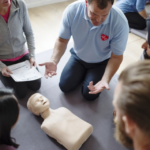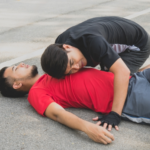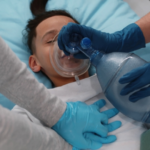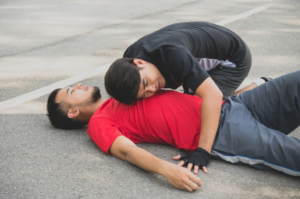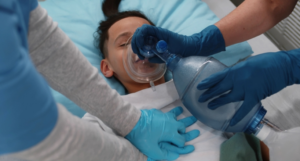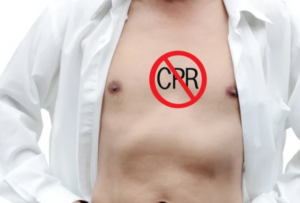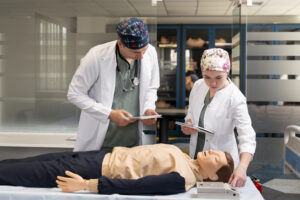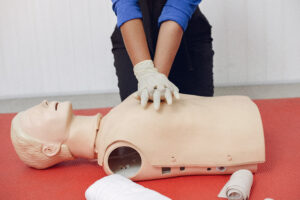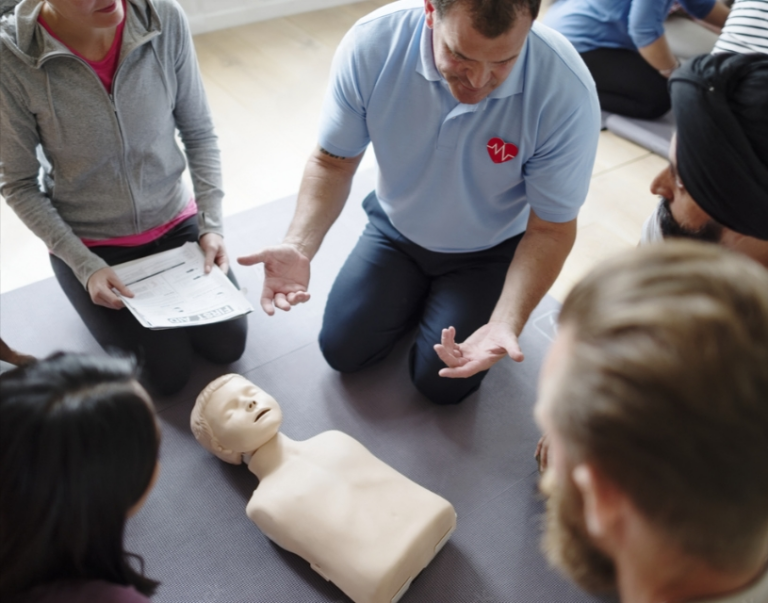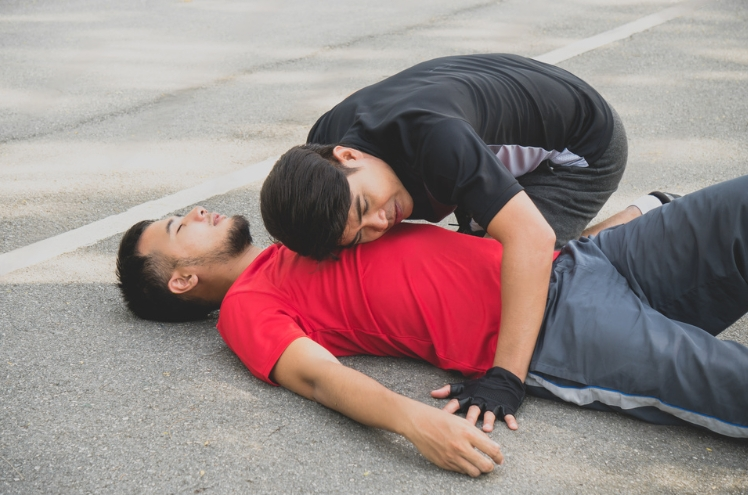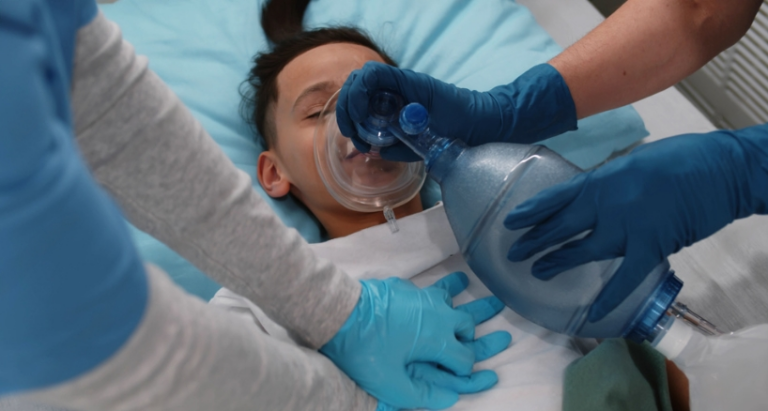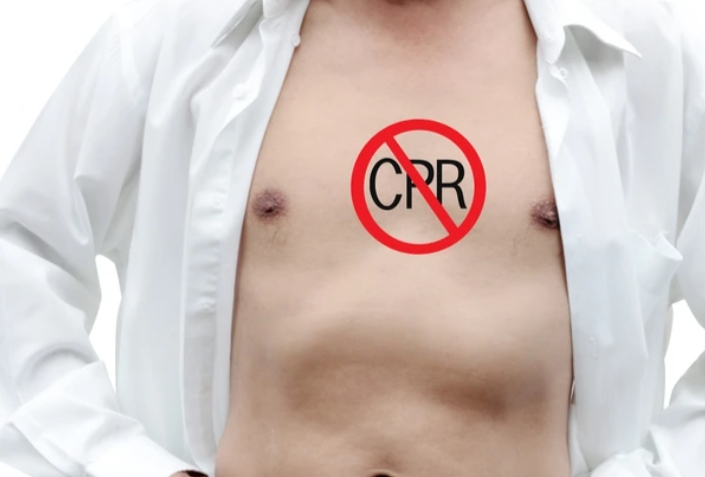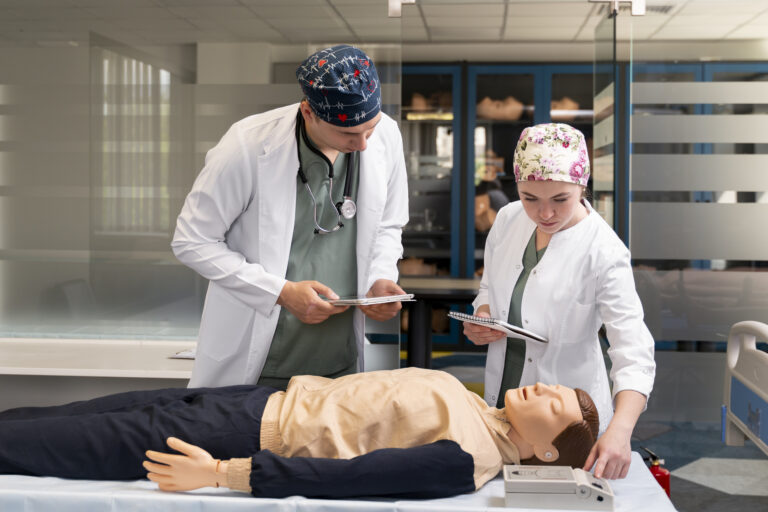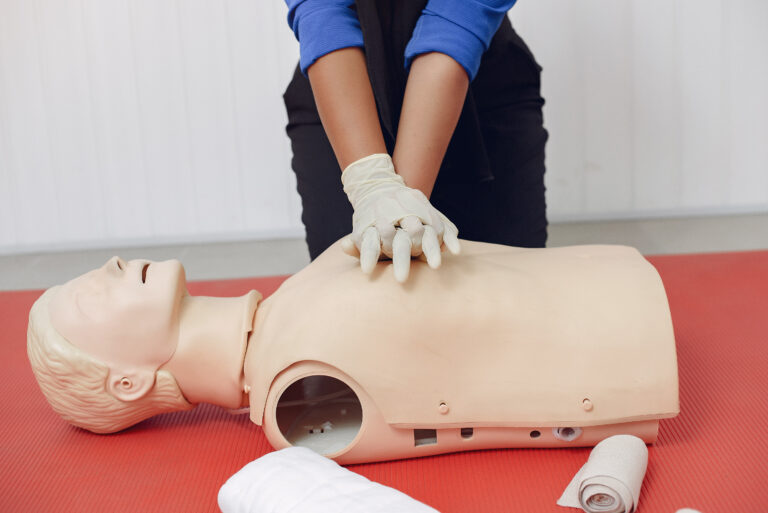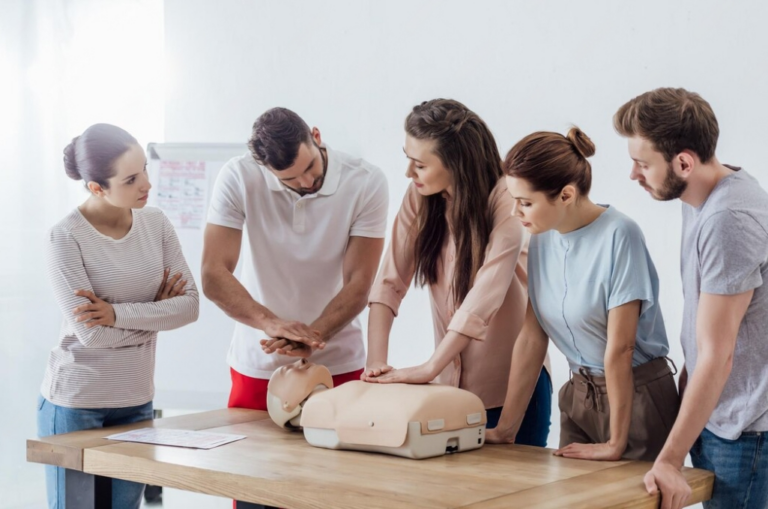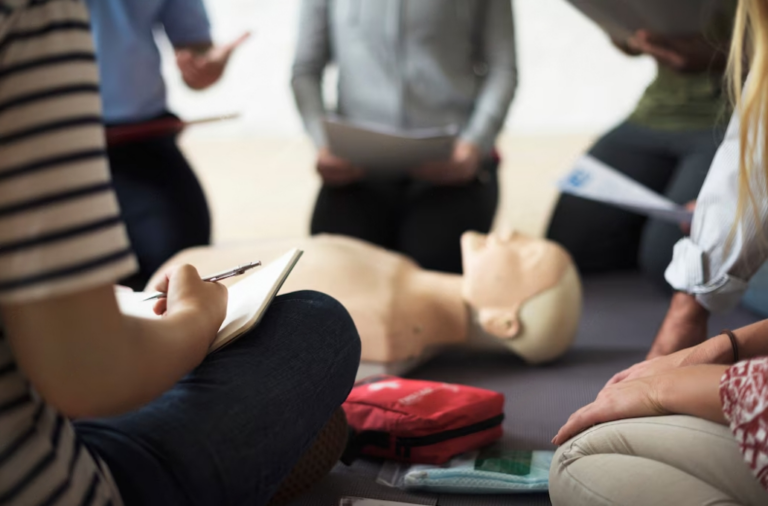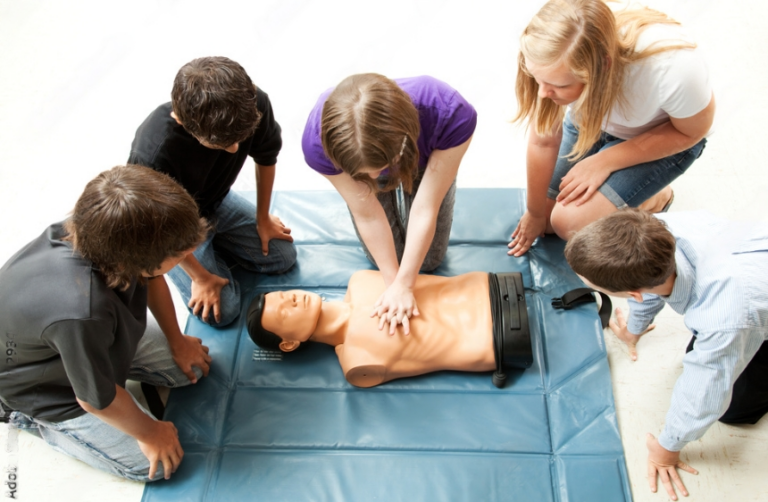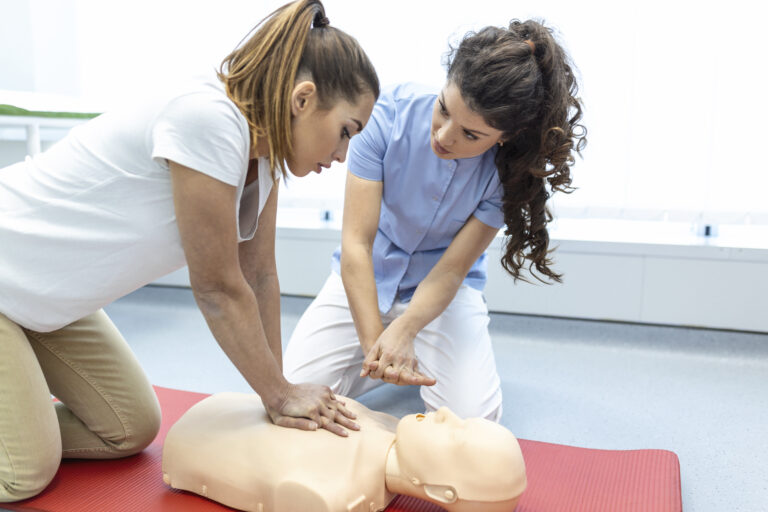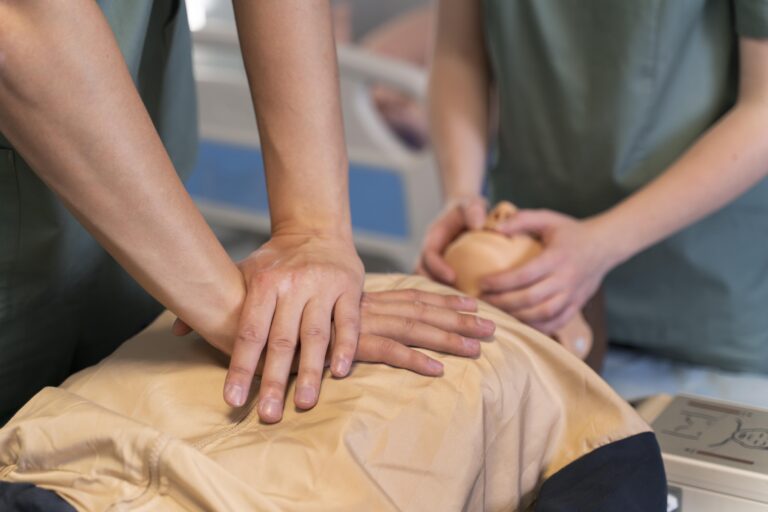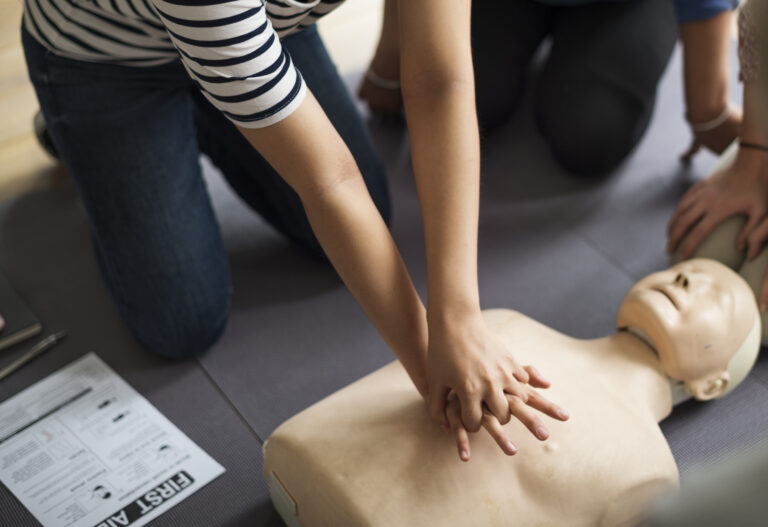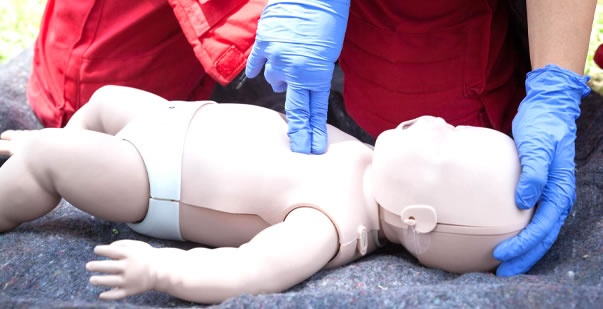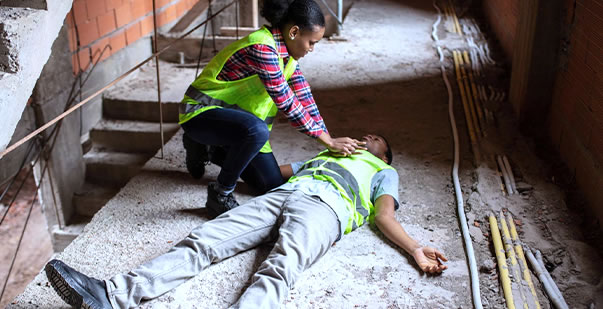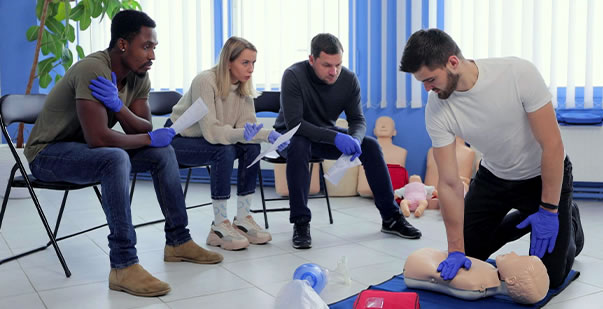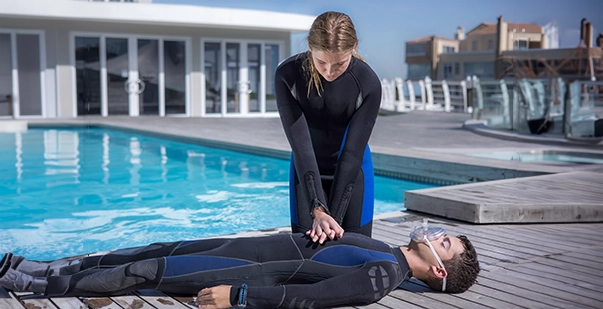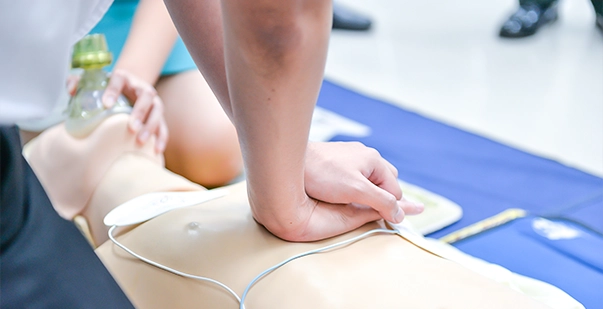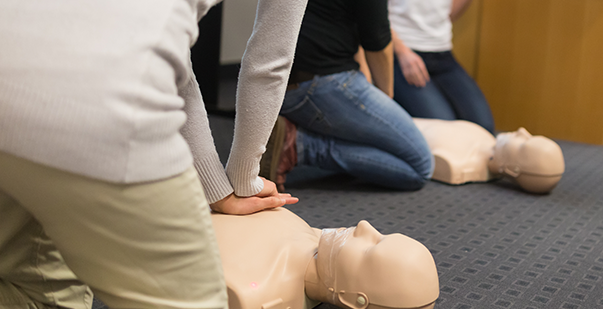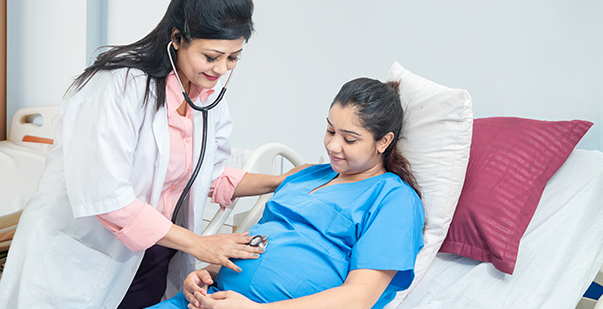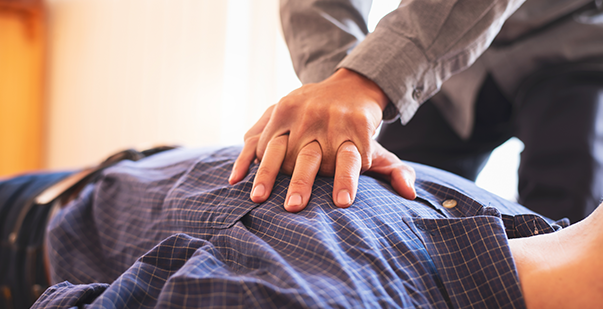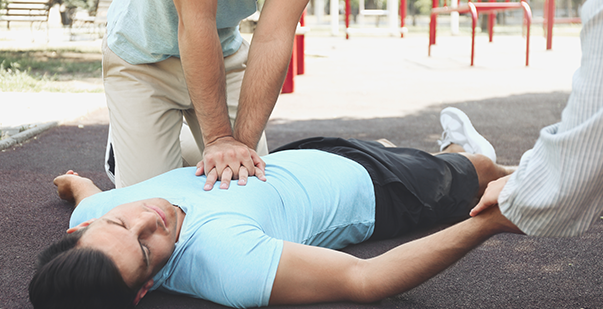Table Of Content(s)
- What does an ideal first aid kit have?
- How to make a first aid kit at home?
- Additional First Aid Supplies
- First Aid Manual and Reference Guides
- Conclusion
In our daily lives, unexpected mishaps can occur at any moment, from minor cuts and bruises to more serious injuries. That’s why having a DIY first aid kit at home or on the go is not just a convenience—it’s a crucial component of being prepared for the unexpected. Unfortunately, only 44% of Americans own a first aid kit. Consider this: Each year, millions of people seek medical attention for injuries that could have been treated with basic first aid. Having a well-equipped first aid kit readily available can make all the difference in addressing minor injuries promptly and effectively, potentially preventing complications and promoting faster healing. Whether you’re at home, traveling, or enjoying outdoor activities, a DIY first aid kit provides peace of mind and reassurance that you’re prepared to handle common emergencies. Join us as we explore the importance of having a DIY first aid kit, its essential components, and how it empowers individuals to respond confidently to minor injuries and emergencies, no matter where they may occur.
What does an ideal DIY first aid kit have?
An ideal DIY first aid kit serves as a cornerstone of safety and preparedness, whether it’s stationed at home, in the car, or taken along for outdoor adventures. With the right components, it can effectively address a wide range of injuries and emergencies, from minor cuts and scrapes to more serious situations requiring immediate attention. Let’s delve into the essential components of a well-prepared first aid kit:
- Basic Supplies:
- Bandages (assorted sizes)
- Adhesive tape
- Gauze pads
- Adhesive strips
- Wound cleansing wipes
Basic supplies are the backbone of any first aid kit, providing essential tools for cleaning, dressing, and protecting wounds. Bandages come in various sizes to accommodate different injuries, while adhesive tape secures dressings in place. Gauze pads are used for larger wounds, and adhesive strips are ideal for minor cuts and scrapes. Wound cleansing wipes help disinfect the area before dressing to prevent infection.
- Topical Medications:
- Antiseptic ointment/cream
- Burn cream/gel
Topical medications are crucial for treating minor injuries and preventing infection. Antiseptic ointment or cream helps disinfect wounds, reducing the risk of bacterial contamination. Burn cream or gel provides relief from minor burns and scalds, soothing the affected area and promoting healing.
- Pain Relief:
- Acetaminophen (Tylenol)
- Ibuprofen (Advil)
Pain relief medications are essential for alleviating discomfort associated with injuries or illnesses. Acetaminophen and ibuprofen are commonly used over-the-counter pain relievers that can help ease minor aches, pains, and fever, allowing individuals to manage pain more effectively during emergencies
- Allergy Management:
- Antihistamines
- Epinephrine auto-injector (EpiPen)
Allergy management supplies are critical for individuals prone to allergic reactions. Antihistamines help relieve symptoms of mild allergic reactions, such as itching and hives. For severe allergic reactions (anaphylaxis), an epinephrine auto-injector, such as an EpiPen, should be included to provide immediate treatment and prevent life-threatening complications.
- Medical Tools:
- Scissors
- Tweezers
- Thermometer
Medical tools are indispensable for administering basic medical care and assessing symptoms. Scissors are used for cutting bandages and clothing, while tweezers aid in removing splinters or debris from wounds. A thermometer allows for monitoring body temperature, which is crucial for identifying fever or hypothermia.
- Personal Medications:
- Prescribed medications
- Written medication list
Personal medications should be included for individuals with chronic conditions or allergies. Additionally, a written list of medications and dosages ensures that responders have access to essential information in case of a medical emergency, facilitating prompt and appropriate care.
- Emergency Information:
- Contact information (emergency services, healthcare providers, personal emergency contacts)
- Medical history
- Insurance information
Emergency information is vital for ensuring timely and effective medical care during emergencies. Contact information for emergency services, healthcare providers, and personal emergency contacts enables quick access to assistance when needed. Medical history and insurance information provide valuable context for responders, facilitating appropriate treatment and coordination of care.
- Special Considerations:
- Infant supplies (diapers, baby wipes)
- Elderly supplies (adult diapers, mobility aids)
- Pet supplies (pet food, leash, pet-specific medications)
Special considerations should be made for individuals with unique needs, such as infants, elderly individuals, or pets. Including specific supplies tailored to their needs ensures that all members of the family are adequately cared for during emergencies, promoting safety and well-being for everyone.
- Additional Supplies:
- Disposable gloves
- CPR face shield
- Instant cold packs
- Small flashlight with extra batteries
Additional supplies provide added support and protection during emergencies. Disposable gloves help prevent the spread of infection, while a CPR face shield provides a barrier between the rescuer and the patient during CPR, reducing the risk of contamination. Instant cold packs can be used to reduce swelling and inflammation, while a small flashlight with extra batteries ensures visibility in low-light situations, facilitating prompt and effective care.
Read More: CPR Success Rate: How Effective is CPR?
How to make a DIY First Aid kit at home?
Making a DIY first aid kit at home is a fun activity that bonds people with a shared sense of preparedness and the motivation to keep everyone safe. It also helps to deliver prompt and effective remedies when encountering unexpected emergencies. Here’s a guide to help you assemble a quick yet efficient DIY first aid kit!
Choose a durable, waterproof container to keep your supplies organized and protected. A plastic or metal box with dividers can work well.
Collect basic supplies like adhesive bandages in various sizes, sterile pads, adhesive tapes, gloves, cotton pads, safety pins, tweezers, and scissors.
Your DIY first aid kit should also contain wound cleaning solutions like Dettol, antiseptic wipes, hydrogen peroxide, swabs, and ointments for cuts.
Don’t forget to add topical medicines like antibiotic ointment, and hydrocortisone cream which are useful for insect bites and painful rashes. Don’t forget to stock up on burn relief gel.
Incorporate Pain Relief Medications and allergy management items like antihistamines or EpiPen for individuals who have severe allergic reactions.
Integrate Medical Tools like digital thermometers, tweezers for splinter removal, scissors for cutting bandages or clothing. Don’t forget to Include any necessary prescription medications for family members.
Have the list of emergency contacts along with medical history and allergy information. An ideal DIY first-aid kit should also have a basic first-aid manual or guide.
If someone in the household has specific health needs (e.g., asthma, diabetes), include relevant items such as inhalers or glucose tablets.
Periodically review and refresh the contents of your first aid kit to ensure that medications are within their expiration dates, and all supplies are in good condition.
By following these steps and customizing your DIY first aid kit based on your family’s needs, you can have a valuable resource readily available for unexpected situations. Regularly maintaining and updating the kit ensures that you’re always prepared for whatever comes your way.
Read More: 7 steps of adult CPR you should know
Additional First Aid Supplies:
- Instant Cold Packs: Instant cold packs are invaluable for providing immediate relief from pain and reducing swelling associated with injuries such as sprains, strains, and minor burns. These single-use packs activate upon activation, providing instant cold therapy without the need for refrigeration.
- Elastic Bandages or Compression Wraps: Elastic bandages or compression wraps are essential for immobilizing and supporting injured joints, such as sprained ankles or wrists. They help reduce swelling, provide stability, and promote faster recovery by restricting movement and preventing further injury.
- Thermometer: A thermometer is a vital tool for monitoring body temperature, allowing you to detect fever or hypothermia, which are common symptoms of various illnesses and medical conditions. Quick and accurate temperature readings help assess the severity of an illness or injury and determine the appropriate course of action.
- Safety Pins and Splinter Removal Tools: Safety pins are useful for securing bandages or clothing in place, while splinter removal tools aid in safely and effectively removing splinters, thorns, or other foreign objects embedded in the skin. These tools help prevent infection and facilitate proper wound care.
First Aid Manual and Reference Guides:
- Comprehensive First Aid Manual: A comprehensive first aid manual or reference guide is an invaluable resource that provides step-by-step instructions for assessing and treating common injuries and emergencies. It covers topics such as wound care, CPR, choking, fractures, burns, and more, empowering you with the knowledge and skills to respond effectively in various situations.
- Emergency Contact Numbers and Medical History Forms: Including emergency contact numbers for local emergency services, healthcare providers, and personal emergency contacts ensures quick access to assistance when needed. Additionally, providing medical history forms allows responders to gather essential information about allergies, medical conditions, and medications, facilitating prompt and appropriate medical care.
By including these additional first aid supplies and reference materials in your DIY first aid kit, you can enhance its effectiveness and usability, ensuring that you’re prepared to handle a wide range of injuries and emergencies with confidence and competence.
Conclusion:
Having a DIY first aid kit isn’t just about being ready for the unexpected—it’s about peace of mind. Whether you’re at home or on the go, it ensures you’re prepared to handle minor injuries and serious emergencies with confidence.
Customization is key. Tailor your kit to your specific needs and activities, considering your family, lifestyle, and environment. By doing so, you maximize its effectiveness and readiness for any situation.
Investing in a DIY first aid kit is investing in your safety. Stay prepared, stay safe, and remember: with the right tools and knowledge, you’re ready for anything life throws your way.



